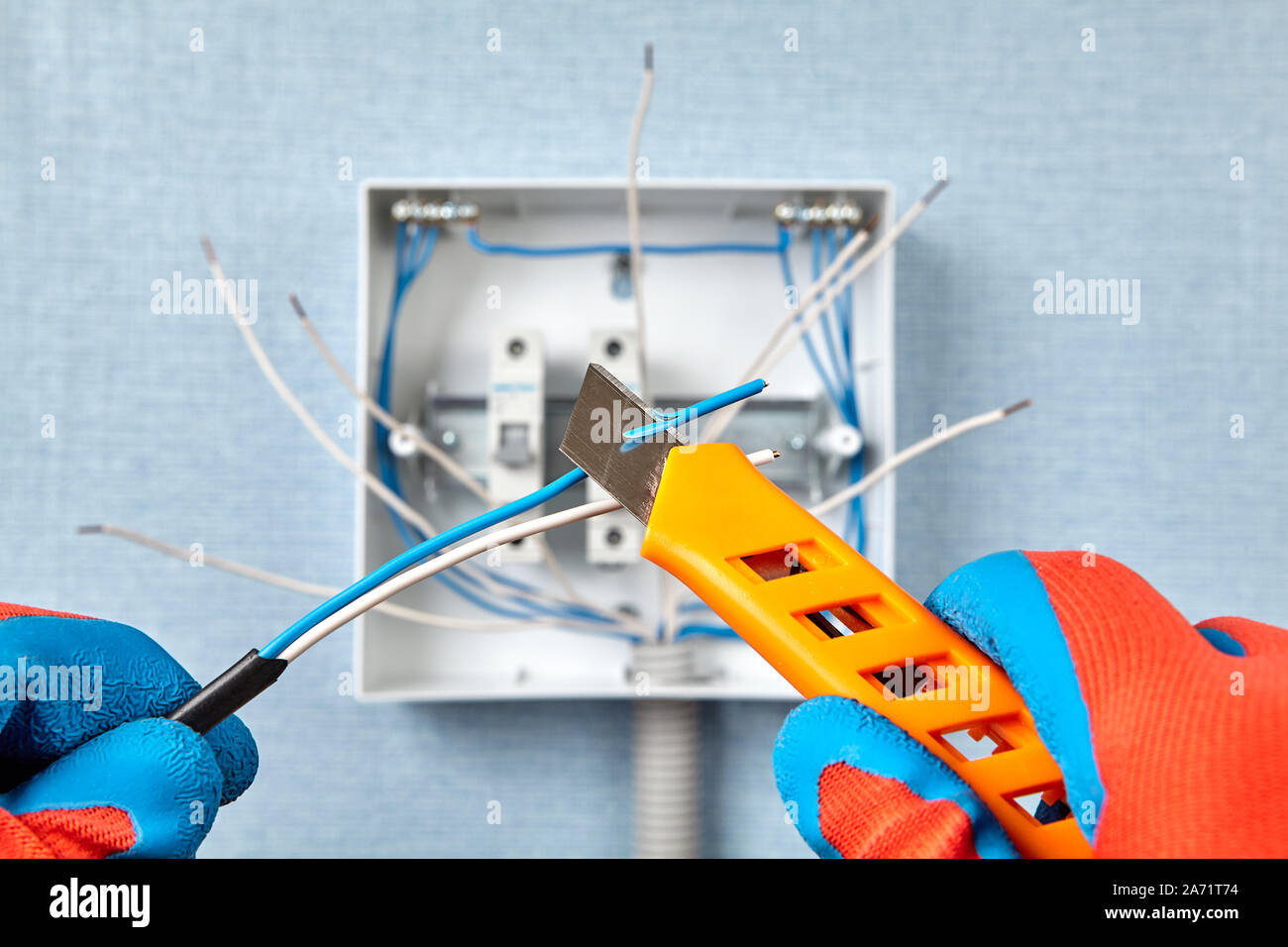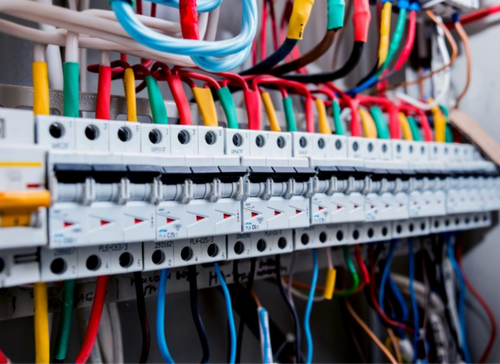Exploring the World of Electric Installation: Typical Errors to Prevent for a Smooth Do It Yourself Job
Getting started on a diy electrical installation task can be a rewarding experience, but it also features its share of possible challenges. BRE Electrical Solutions. From making sure precaution are fulfilled to following electrical codes, the trip right into the globe of electric job demands interest to information and accuracy. The roadway to a successful do it yourself project is fraught with typical blunders that might quickly derail your initiatives. By being mindful of these challenges and just how to avoid them, you can navigate the elaborate landscape of electrical installment with self-confidence and make certain a smooth job execution.
Inadequate Safety Measures
In electrical installment projects, overlooking appropriate safety preventative measures can lead to unsafe scenarios that threaten both individuals and residential property. Improperly grounded electric systems can lead to electrical rises and equipment damage. By adhering to safety procedures, including appropriate training, using safety equipment, and complying with laws, individuals can minimize threats and promote a safe electric installment setting.
Incorrect Wire Sizing

Wrong cable sizing can also influence the general performance of the electrical system. Undersized cables can cause voltage drops, resulting in poor performance of electrical tools and home appliances. Oversized cables, while not as destructive as undersized ones, can still lead to unneeded expenses and inefficient usage of sources.
To avoid these issues, it is vital to stick to appropriate cord sizing standards based upon the electric tons needs of the setup. Consulting with a specialist electrician or referencing the National Electrical Code (NEC) can help make certain that the wires are sized properly for a risk-free and efficient electrical setup.
Overlooking Grounding Demands
One crucial element usually neglected in electrical setups is guaranteeing compliance with correct grounding demands. Grounding is a fundamental security function that safeguards versus electric shocks and avoids tools damages.
Basing you can look here offers as a path for electrical currents to stream securely right into the earth, preventing the accumulation of excess voltage that could harm people or equipment. It additionally assists to support voltage levels and boost the total efficiency of the electrical system. Correct grounding includes linking electrical devices and steel enclosures to the ground cable, basing rod, or basing plate. It is vital to make use of the appropriate gauge of wire useful source for grounding purposes and to ensure all links are protected and totally free of rust.

Overlooking Regional Building Codes
Overlooking adherence to local building ordinance can pose significant risks in electrical installments, possibly jeopardizing precaution and system integrity. Neighborhood structure codes are developed to guarantee that electrical job satisfies details safety criteria and regulations set by the authorities. Ignoring these codes can lead to serious repercussions, such as electrical fires, electrical shocks, or damages to the home.
Neighborhood building ordinance typically cover different facets of electric installations, including electrical wiring techniques, outlet positionings, circuit security, and grounding needs. Failure to abide by these codes might lead to penalties, failed evaluations, or the need to remodel the whole electrical job, bring about unnecessary expenses and delays.
To stay clear of the pitfalls of overlooking local structure codes, it is essential for DIY fanatics and even specialists to acquaint themselves with the applicable policies prior to beginning any type of electrical job. Consulting with regional authorities or working with a licensed electrical contractor for assistance can help guarantee that the electrical installment satisfies all the essential code requirements, promoting a secure and reliable electrical system in the future.

Poor Planning and Organization
Have you taken into consideration how meticulous preparation and you could try this out company are vital elements in making certain the success and security of an electrical installment task? Poor planning and company can lead to a myriad of issues, ranging from task delays to severe safety and security threats. One common blunder is taking too lightly the extent of work included in an electrical installation, which can result in insufficient products or poor prep work. Without an in-depth plan detailing the steps, timeline, and required resources, DIY lovers may discover themselves bewildered and vulnerable to mistakes.
Furthermore, disorganization can bring about confusion regarding the layout of electrical elements, possibly causing defective links or circuits. Failure to label wires effectively or track circuit diagrams can cause troubleshooting nightmares down the line. Additionally, bad preparation in terms of budgeting and purchase can cause unneeded costs or hold-ups in completing the task.
To avoid these risks, make the effort to create a comprehensive plan, collect all called for materials and devices in advance, and make sure that you have a clear understanding of the project extent before beginning - BRE Services. Correct organization and preparation are crucial to an effective electric installation task
Final Thought
To conclude, it is vital to focus on safety and security, proper planning, and adherence to regional codes when taking on electric installment jobs. Avoiding usual mistakes such as poor safety and security precautions, wrong cord sizing, neglecting grounding requirements, and poor preparation can make certain a smooth DIY project. By following these standards, people can successfully browse the globe of electrical setup with confidence and efficiency.